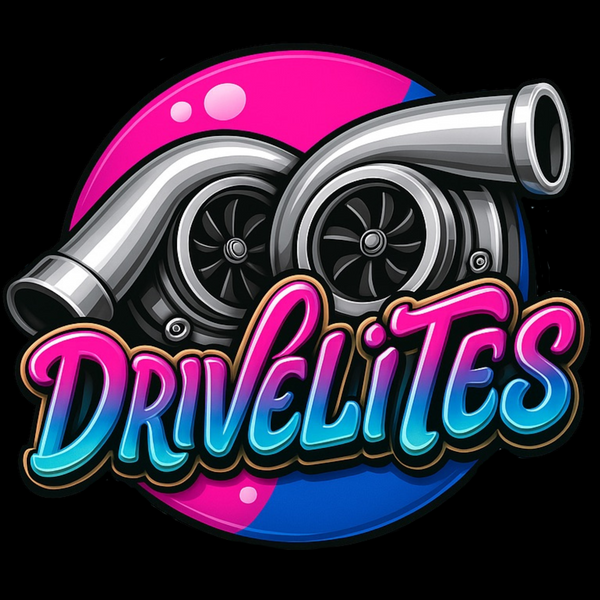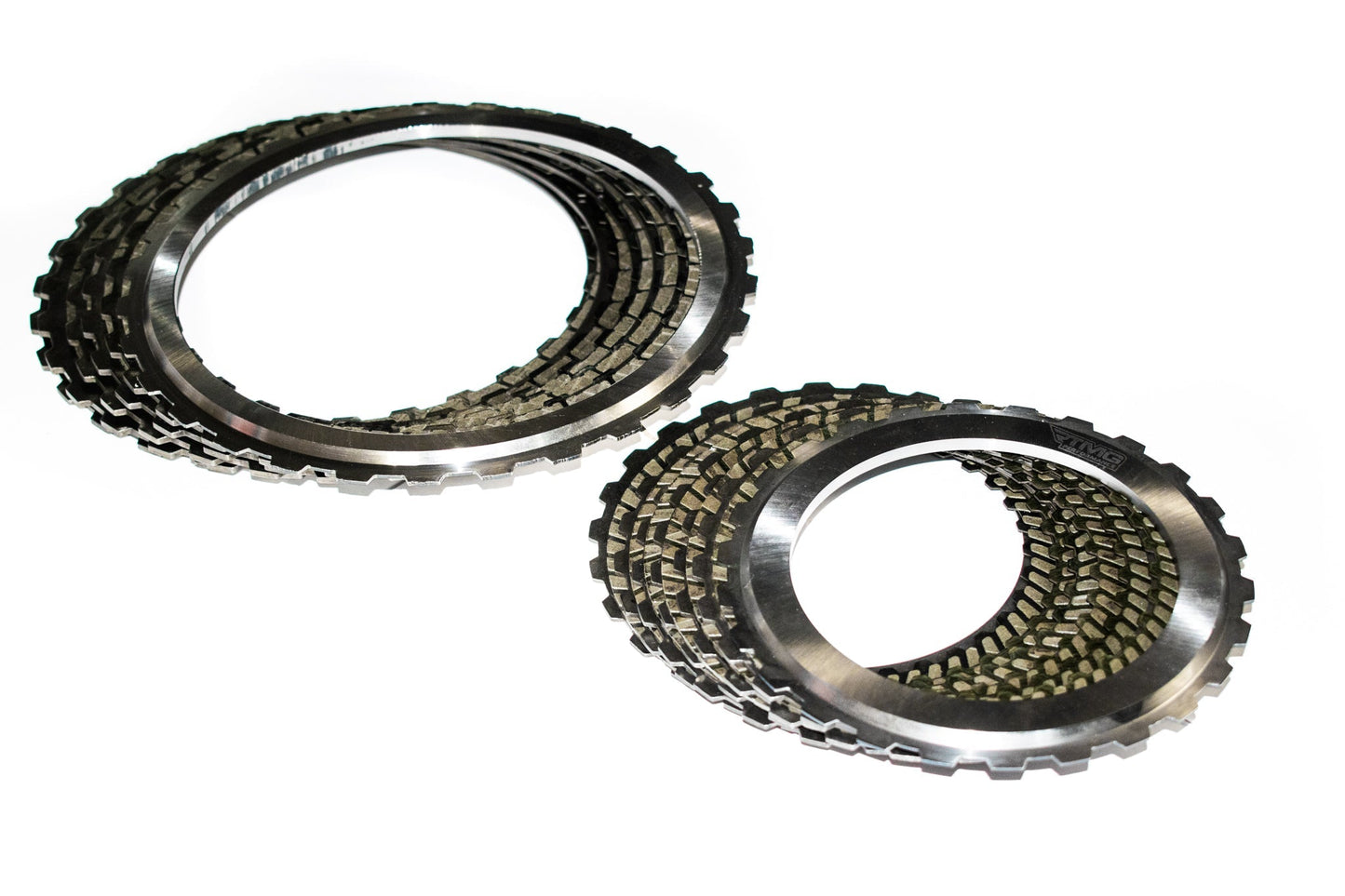
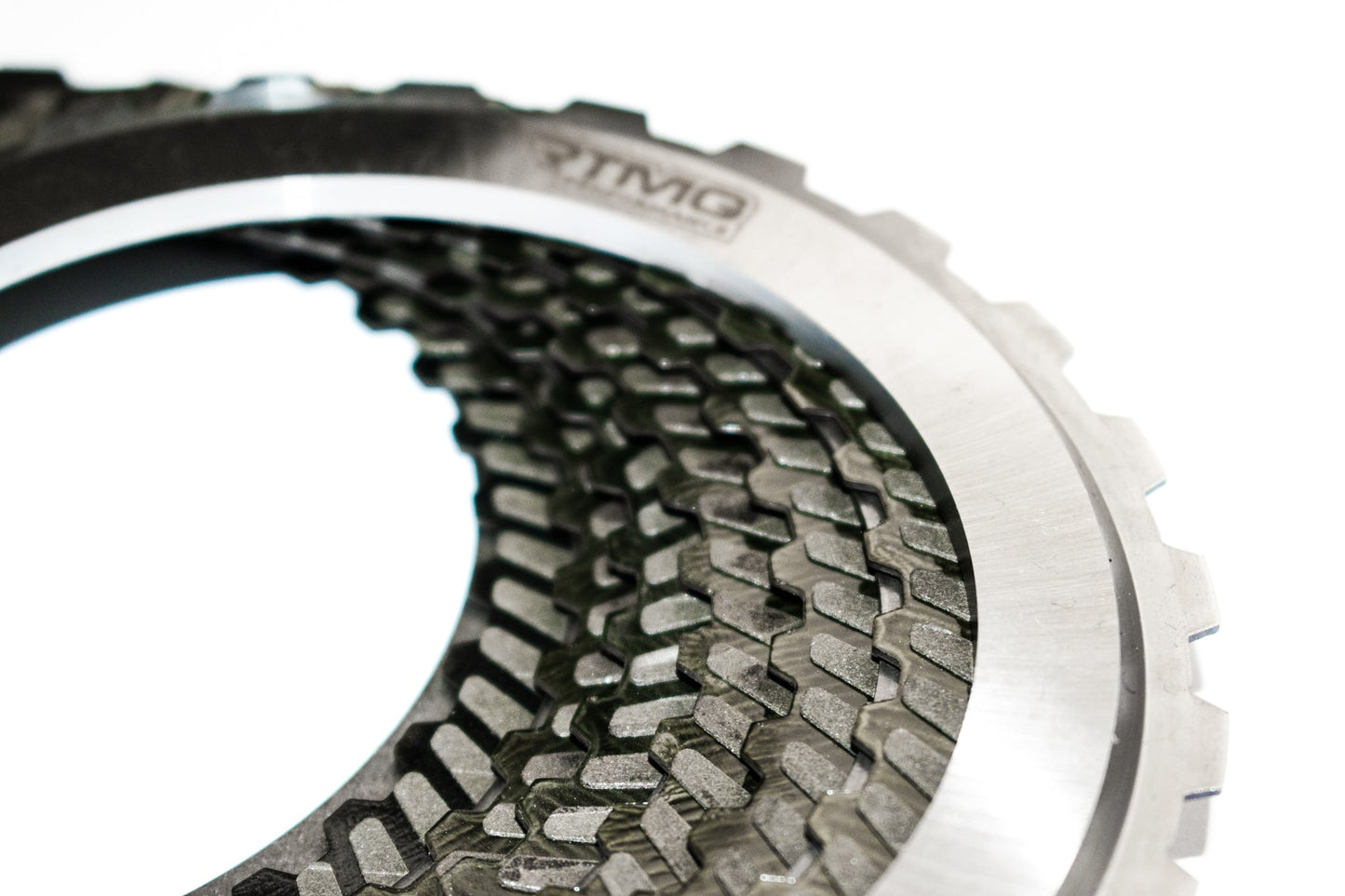
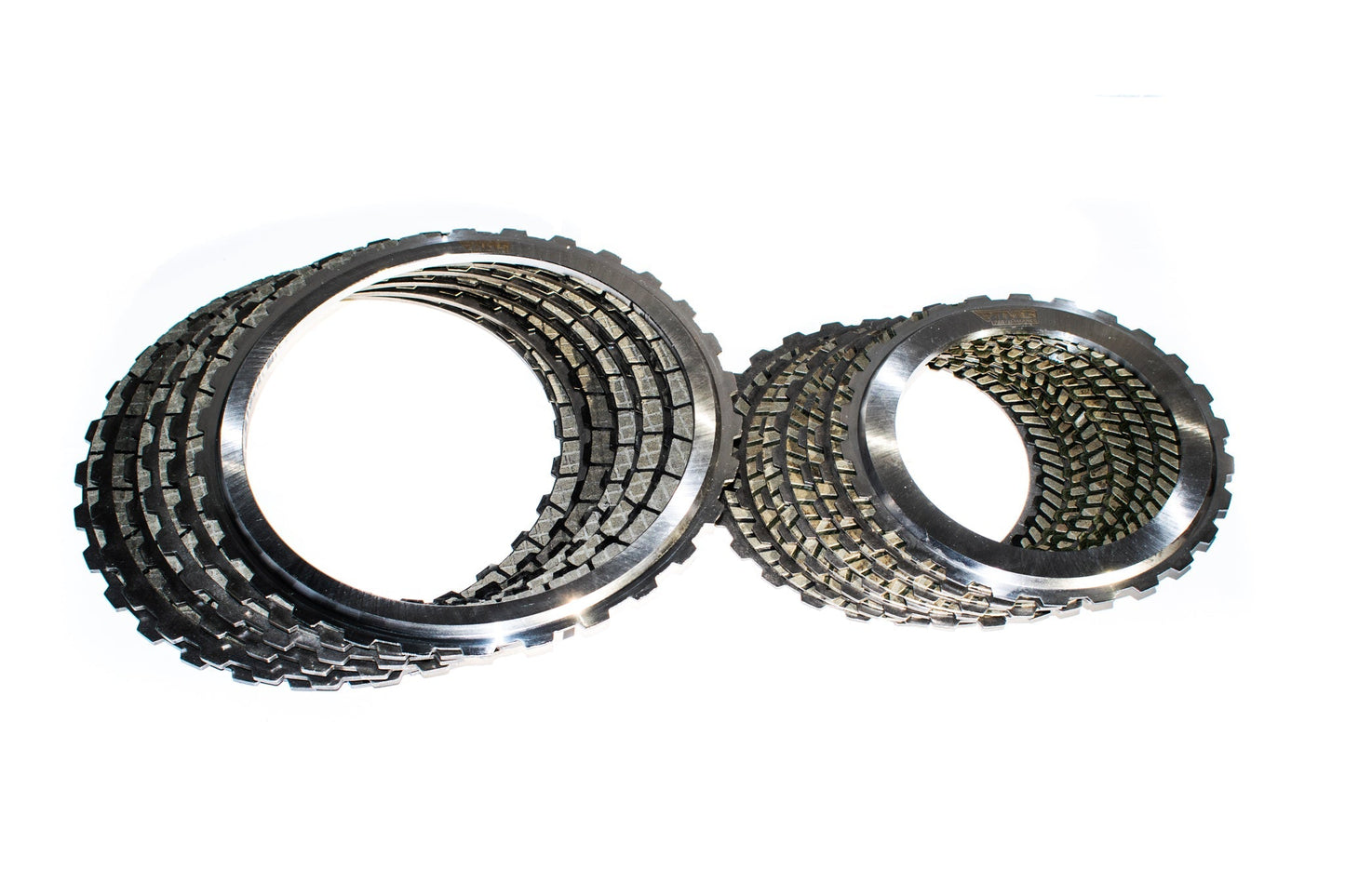
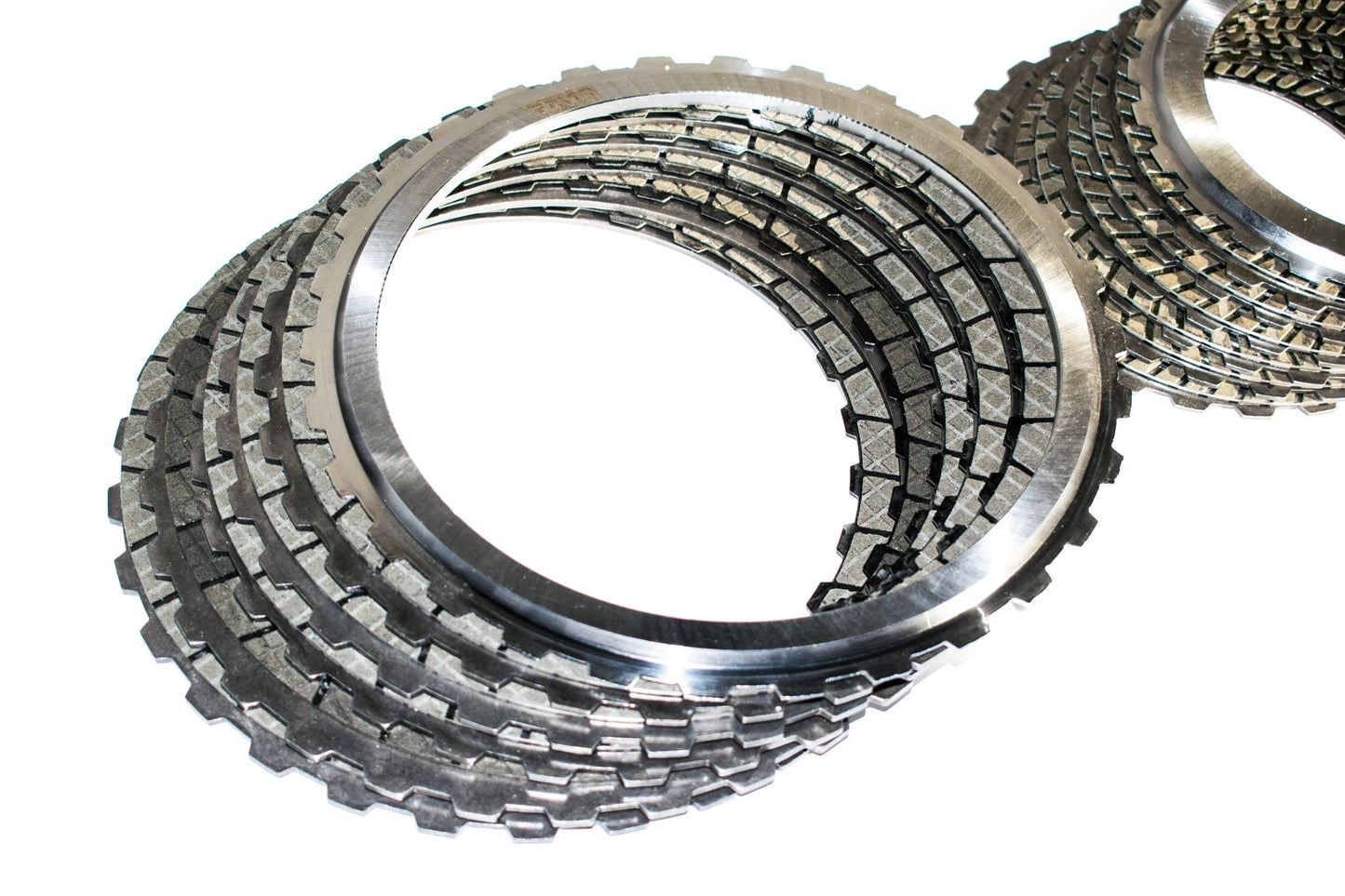
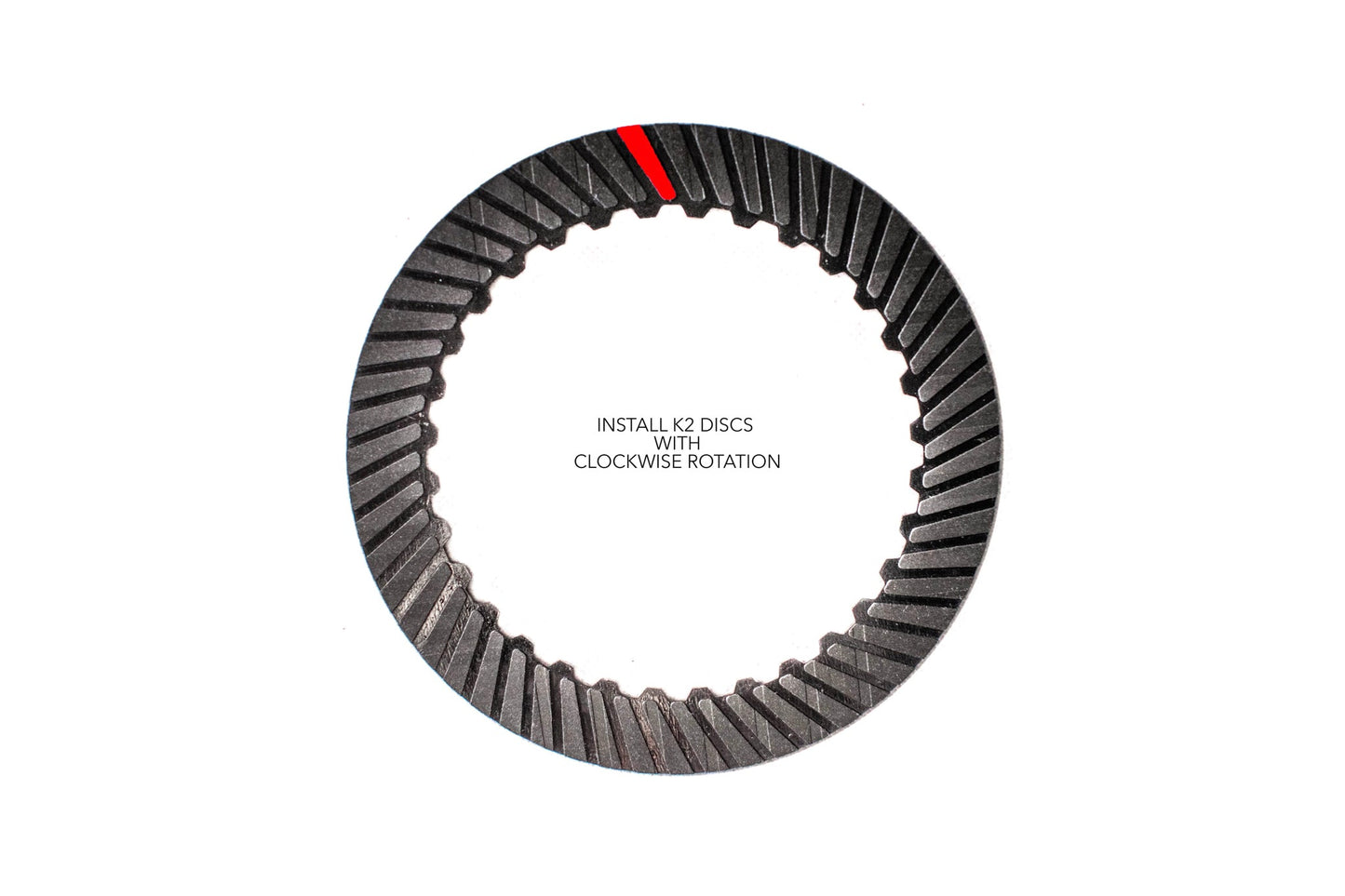
Description
RTMG Performance comes once again and introduces the new performance upgraded clutch pack for DSG DQ250 stock clutches.
theÿStage 1 kit includes+2 extra friction discs.
The RTMG Performance Upgrade Kitprovides upgraded torque levels of up to 22% compared to the factory clutch for the Stage 1.
Box pressure ratio to torque resistance is given.
* Tolerance values : 1.8 - 2.2 mm
** Engineer is responsible to measure the tolerances, clutch pack not covered by warranty.
|
Stage |
Stock TCU |
TCU 16 bar |
TCU 18 bar |
|
Stage 1 |
600 Nm |
700 Nm |
850 Nm |
Presentation of Wet Multi-Disc Clutches
Our team at RTMG Performance, after extensive research and development under the most challenging conditions of dragster racing, managed to solve all the development issues of the 02E DQ250 gearbox clutches. Initially, we tested all friction materials, most of which had a lower friction coefficient compared to the factory clutch. Some of these materials not only had a lower friction coefficient but also produced residues, which clogged or sometimes even damaged the solenoids.
After two years of continuous testing at the Santa Pod track in England, we gathered invaluable insights in achieving one of the most challenging feats?setting the European record in the 0-400 meters (or quarter-mile) with a time of 7.8 seconds and an exit speed of 300 km/h using a 2.0L engine.
How did we develop the clutch?
The clutch struggled with the incredible launch control of our engine, which delivers close to 1,400 horsepower in a 2.0L TSI Golf 6. After approximately every 5 passes, we would remove the clutch and inspect the wear. We tested numerous friction materials until we finally selected the current material.
The most critical point, however, was in the metal plates, which deformed as the car had to cover the first 18 meters as quickly as possible from a standstill, while at the same time ensuring the clutch did not overheat to avoid slipping at high speeds and under high turbo pressures. This led to extensive testing with many materials until we found a steel that had a high friction coefficient but was also highly resistant to high temperatures, as its crystalline structure prevented it from deforming as easily as other materials, including the factory parts. The material we use is thermally treated with tempering, which relieves stress and prevents deformation under the extremely high temperatures generated during the clutch's operation during the launch.
The result was not only the time we achieved but also the track and European record for front-wheel-drive cars: 1.3006 seconds in the 0-18 meters.
A few words about power transmission.
Torque is generated by the engine and transferred through the drivetrain components: flywheel, clutch, gearbox, differential, axles, and ultimately to the wheels. What is the role of the clutch here? The clutch needs to transfer the engine's revolutions and torque to the gearbox during launch, where the engine goes from 5,000 RPM in launch control to turning the gearbox at 0 RPM. There are fixed and rotating components. In the clutch, the fixed components are the organic discs mounted with mechanisms on the clutch and connected to the gearbox, while the rotating components include the engine, flywheel, clutch basket, and the metal plates, which are integrated and floating on it.
As the driver initiates the launch by releasing the brake while floO-ring the throttle, the gearbox control unit compresses a piston that pushes the metal plates, squeezing the organic discs. The friction generated between these components causes the fixed discs to rotate at the same speed as the rotating ones.
To achieve this, several factors come into play, such as the friction coefficient, the surface area, the radius at which the friction materials are located relative to the axis, the cooling rate, and the heat dissipation, which is forced convection. We improved our results by:
a) Increasing the friction surface area.
b) Increasing the friction coefficient.
All of this was achieved by increasing the number of metal and organic discs and installing a bronze bushing instead of a plastic one for the stage 3 setup, to prevent it from melting at high temperatures.
Welcome to our team, welcome to the next generation of performance enhancement!
Warranty
Our warranty terms are based on each manufacturer’s guidelines. Depending on the specific manufacturer, customers may be eligible to process warranty claims either directly with the manufacturer or through us. For detailed information or assistance with warranty inquiries, please contact our support team.
Shipping & Returns
Shipping time will be provided once your order has been processed. Please note that shipping options cannot be changed after your order has been placed.
For returns, kindly contact our support team for guidance. We'll walk you through the process and ensure everything goes smoothly.
Frequently Asked Questions
OEM (Original Equipment Manufacturer) parts are made by the vehicle’s original manufacturer and guarantee perfect fit and performance. Aftermarket parts are produced by third-party companies and may offer enhanced performance or cost savings, but compatibility should always be verified before purchase.
Yes, we work with a network of certified and approved workshops to ensure professional installation of your performance parts. Get in touch with us to find a recommended installer near you.
Yes, but it’s important to ensure they work together without causing performance issues. Some aftermarket parts are designed to complement OEM components, while others may require full system upgrades.
Yes, once your order is shipped, a tracking number will be emailed to you.
Orders can only be modified or canceled before they are processed. Please reach out to us as soon as possible.
If you're not completely satisfied with your purchase, you may return it within 7 days of receiving your order for a full refund, excluding delivery costs. Please note that this policy does not apply to special order parts. To qualify for a refund, items must be unused and returned in their original packaging.
